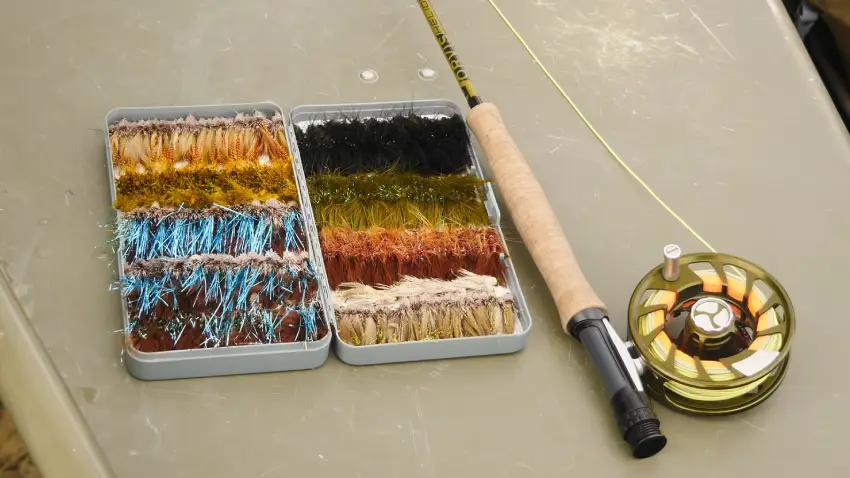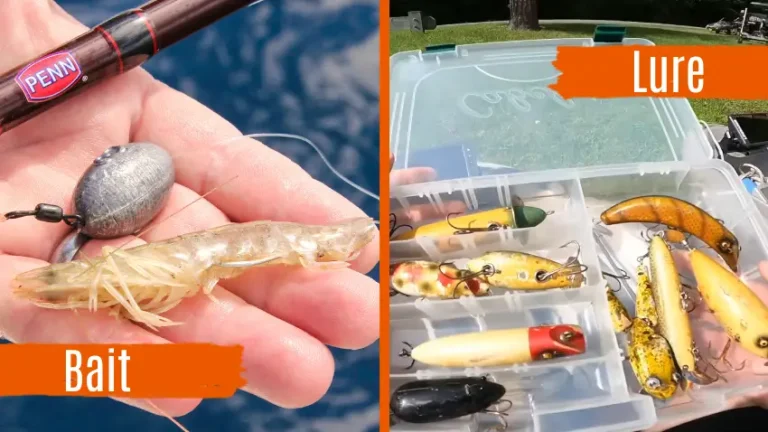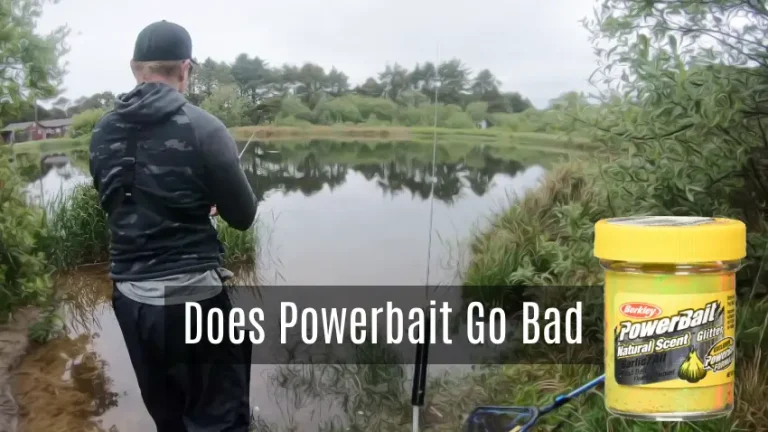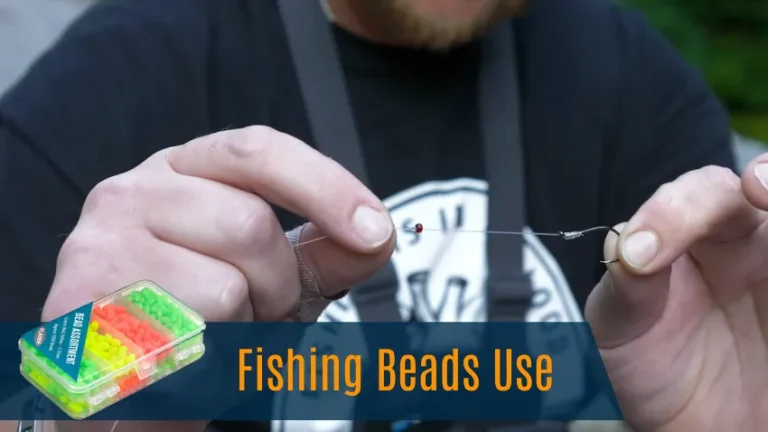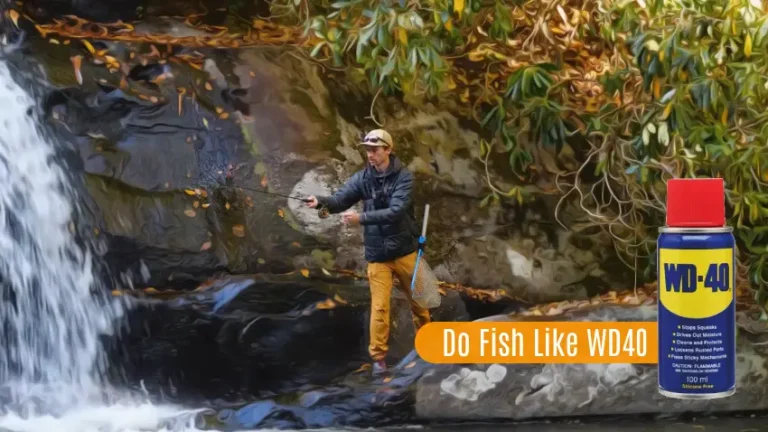What Size Wooly Bugger for Trout Fishing: Different Sizes
When trout fishing, selecting the appropriate size Wooly Bugger is crucial for success. The size of the fish you’re targeting significantly determines the fly size you should use.
A size 10 (16mm) Wooly Bugger is ideal for smaller trout, such as brook or rainbow trout. This size mimics the natural prey these fish typically feed on, such as small bait fish or insects.
But if you’re targeting larger trout, such as brown or lake trout, it’s recommended to use a larger size, such as a size 6 (27mm) or even a size 4(25mm). These bigger flies imitate larger prey and are more likely to attract the attention of these larger trout.
As part of this article, we’ll talk about the sizes of wooly buggers for trout fishing and how to tie a wooly bugger perfectly for your next trout fishing. So, let’s get started.
Different Wooly Bugger Sizes for Trout Fishing
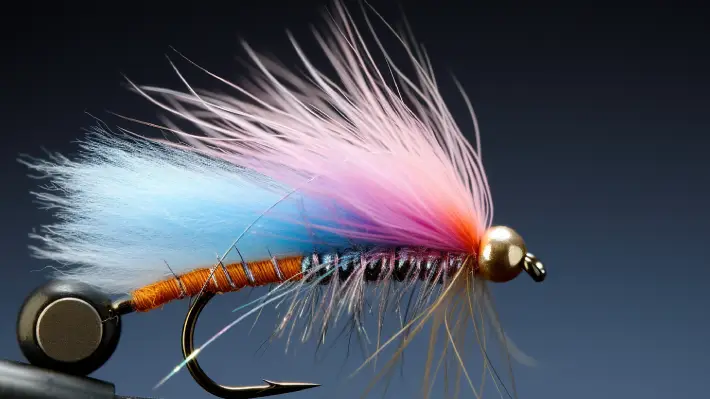
When choosing the right size Wooly Bugger for trout fishing, there are a few choices to consider.
- Size 2 or Larger
- Size 4 to 6
- Size 8 to 10
Size 2 or Larger
Larger Wooly Buggers can mimic larger prey, attracting the attention of bigger fish. This is particularly useful when targeting large trout or fishing in heavily stained water. The larger size of the fly provides a more substantial profile in the water, making it easier for the trout to spot and strike.
Opt for a Wooly Bugger size 2 or larger to target bigger trout. Also, the increased bulk and weight of a size 2 or larger Wooly Bugger allows for longer casts, enabling you to cover more water and reach those deeper areas where big trout often hide.
Size 4 to 6
When fishing in rivers or lakes, these Wooly Buggers can attract the attention of trout ranging from 12 to 18 inches in length. You’ll want to use Wooly Buggers in sizes 4 to 6 to target medium-sized trout.
These sizes are perfect for imitating smaller prey like nymphs or small baitfish. As the size 4 Wooly Bugger mimics larger baitfish or leeches, the size 6 is perfect for imitating smaller insects such as caddis or midges.
The larger profile of the size 4 can entice trophy-sized trout, especially if you’re fishing in waters known for holding larger fish. However, don’t discount the effectiveness of the size 6, as it can still catch plenty of fish, including those in the medium-sized range.
Size 8 to 10
In this size range, Wooly Buggers continue to mimic various aquatic creatures that trout feed on, such as sculpins, crayfish, and smaller baitfish.
When fishing in streams or rivers with moderate to fast currents, a size 8 Wooly Bugger is ideal. It can effectively imitate smaller baitfish and sculpins commonly found in these types of water.
Conversely, a size 10 Wooly Bugger is more suitable when fishing in still waters or slower-moving rivers. These smaller sizes closely resemble crayfish and smaller baitfish, enticing trout to strike.
How to Tie a Perfect Wooly Bugger for Trout Fishing
You need to follow a few key steps to make the perfect Wooly Bugger.
Materials You’ll Need:
- Marabou feathers (various colors)
- Hackle feathers (grizzly-dyed)
- Chenille (ultra chenille, preferably in an olive color)
- 3x long hook with a 5/32-inch gold bead
- Gold crystal flash
- Lead-free wire
- UTC 140 denier thread
- Head cement
- Fly-tying vise, bobbin, and scissors
- Super glue
Step 1: Prepare Your Hook
Start by attaching your 3x long hook to the fly-tying vise and add weight using lead-free wire for proper sinking. This will ensure that your Wooly Bugger gets down to the desired depth where the trout are feeding.
Trap the lead-free wire around the hook’s shank, starting near the eye and working your way down toward the bend. Make sure to secure the wire with tight thread wraps.
This added weight will give your Wooly Bugger the necessary weight to sink quickly and stay in the strike zone longer. Once the weight is secured, apply a small amount of super glue to provide extra stability.
Step 2: Build a Thread Foundation
To build a sturdy foundation for your Wooly Bugger, wrap UTC 140 denier thread near the eye of the hook, creating a thread ramp towards the bend. This will ensure that your fly has a smooth and even profile.
Start by securing the thread with a few tight wraps around the hook shank near the eye. Then, gradually move the thread towards the hook’s bend, creating a gradual slope or ramp. Use consistent tension while wrapping the thread to ensure a secure foundation.
This thread foundation is essential as it provides a stable base for attaching the materials and helps to prevent them from slipping or coming loose during fishing.
Step 3: Tail and Flash
Now that you have built a sturdy thread foundation, it’s time to move on to tying the perfect Wooly Bugger for trout fishing: attaching the tail and flash.
For the tail, you’ll want to select a piece of marabou that’s short, fluffy, and roughly the same length as the hook shank. This will give your fly a lifelike appearance in the water. Take the marabou and tie it in at the rear of the hook, securing it firmly with tight wraps of thread.
Once the tail is in place, it’s time to add a touch of flash. Take a few strands of gold crystal flash and tie them on both sides of the hook shank. This flash will add attraction and mimic the natural movement of baitfish, making your Wooly Bugger irresistible to trout.
Step 4: Chenille Body
To create the perfect Wooly Bugger for trout fishing, you’ll need to wrap olive-colored ultra chenille evenly along the hook shank, ensuring it flares out to create a tapered profile. This is crucial in giving your fly a realistic appearance and enticing movement underwater.
Start by securing the chenille at the base of the tail and make tight, overlapping wraps towards the front of the fly. The wraps should be evenly spaced, with each wrap slightly overlapping the previous one. As you wrap, gently pull the chenille to create a flared shape, gradually increasing the thickness towards the front.
This will give your fly a natural, full-bodied look that trout find irresistible. Don’t overcrowd the head area, leaving a small gap behind the bead. Once you’ve reached the desired thickness, secure the chenille with a few tight thread wraps and trim any excess.
The chenille body sets the foundation for the Wooly Bugger and is an essential element in attracting trout to your fly.
Step 5: Hackle Wrap
Choose the appropriate size hackle feather to wrap around the Wooly Bugger to create a realistic and enticing appearance for trout fishing. The size of the hackle feather will depend on the size of the fly you’re tying.
For smaller Wooly Buggers, such as those in sizes 10-14, select a hackle feather with barbs that are proportionate to the size of the fly. This will ensure that the hackle wraps evenly and creates a balanced appearance.
Choose a hackle feather with longer and stiffer barbs for larger Wooly Buggers, such as those in sizes 6-8. This will provide more movement and action in the water, which can be particularly enticing to hungry trout.
When wrapping the hackle, space the wraps evenly and secure them tightly with thread wraps. This will give your Wooly Bugger a lifelike and buggy appearance that trout find hard to resist.
Step 6: Finishing Touches
After wrapping the hackle feather tightly and evenly around your Wooly Bugger, it’s time to add the finishing touches to create a perfect fly for trout fishing.
Trim any excess material, removing stray fibers that may hinder the fly’s movement in the water. Take your thread and carefully create a small, neat head by wrapping it tightly behind the bead. Make sure the head is proportionate to the body of the fly.
Once satisfied with the head, complete a whip finish to secure the thread. This will prevent the thread from unraveling during use. Add head cement to the thread wraps behind the bead to lock everything in place and add extra durability.
Are wooly buggers hard to tie?
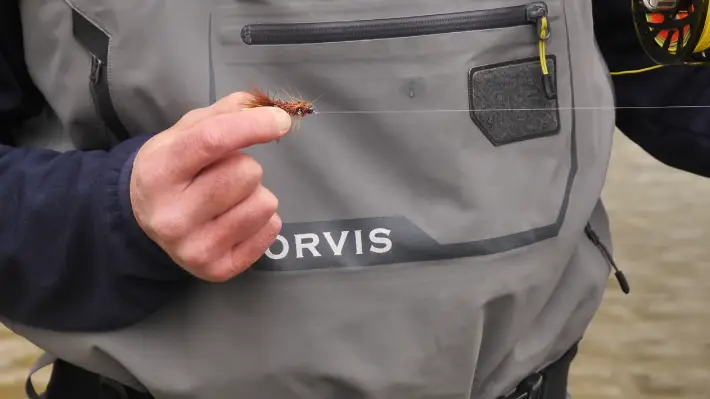
The wooly bugger consists of key materials, such as marabou feathers, chenille, and a bead or cone head. The difficulty lies in properly securing these materials to the hook and achieving the desired shape and appearance.
Beginners may struggle with maintaining tension while tying in the materials and creating a neat fly. However, tying wooly buggers can become second nature once you get the hang of it.
Are wooly buggers good for trout?
When fishing for trout, wooly buggers prove to be highly effective due to their ability to imitate various food sources favored by trout. The wooly bugger pattern represents stoneflies, hellgrammites, and leeches, making it an irresistible treat for hungry trout.
The lifelike motion and appearance of a wooly bugger in the water can easily deceive trout into thinking it’s a real meal. Whether dead drifted or stripped in, wooly buggers are known to trigger aggressive strikes from trout.
What is the best color wooly bugger for trout?
To determine the best color wooly bugger for trout, you should consider using a variety of colors such as black, olive, brown, or purple. Each color has its unique appeal and can attract trout in different conditions.
- Black is a classic color that works well in low-light or murky water conditions.
- Olive is a versatile color that imitates natural prey like small baitfish or aquatic insects.
- Brown can mimic crayfish or sculpin, a common food source for trout.
- Purple is a less common but effective color that can entice trout when they feel more aggressive.
Do wooly buggers for trout fishing work in the winter?
Wooly buggers for trout fishing in the winter can be highly effective. During this time, sculpins are active, and wooly buggers are a great way to imitate them. Don’t be afraid to swing or drift these streamers in winter.
While trout may be focused on sipping midges, sometimes a big protein bite can distract them. Wooly buggers come in various colors, but in the winter, it’s best to stick with darker shades like black, olive, or brown. These colors resemble the natural sculpins and provide a more realistic presentation.
Pick the Right Size Wooly Bugger for Successful Trout Fishing
Choosing the correct size wooly bugger can make all the difference in successful trout fishing. By selecting the appropriate size, you’ll be able to match the natural prey in the water, increasing your chances of catching the attention of nearby fish.
It’s also important to note that wooly buggers aren’t just limited to trout fishing. They can be used for various species, making them a versatile addition to any angler’s tackle box.With the step-by-step guide, you can tie the perfect wooly bugger tailored to your needs. So, whether you’re an experienced angler or just starting, remember these tips for your next fishing trip.

